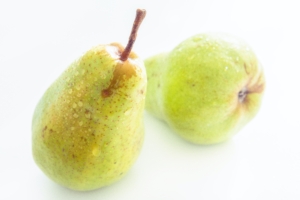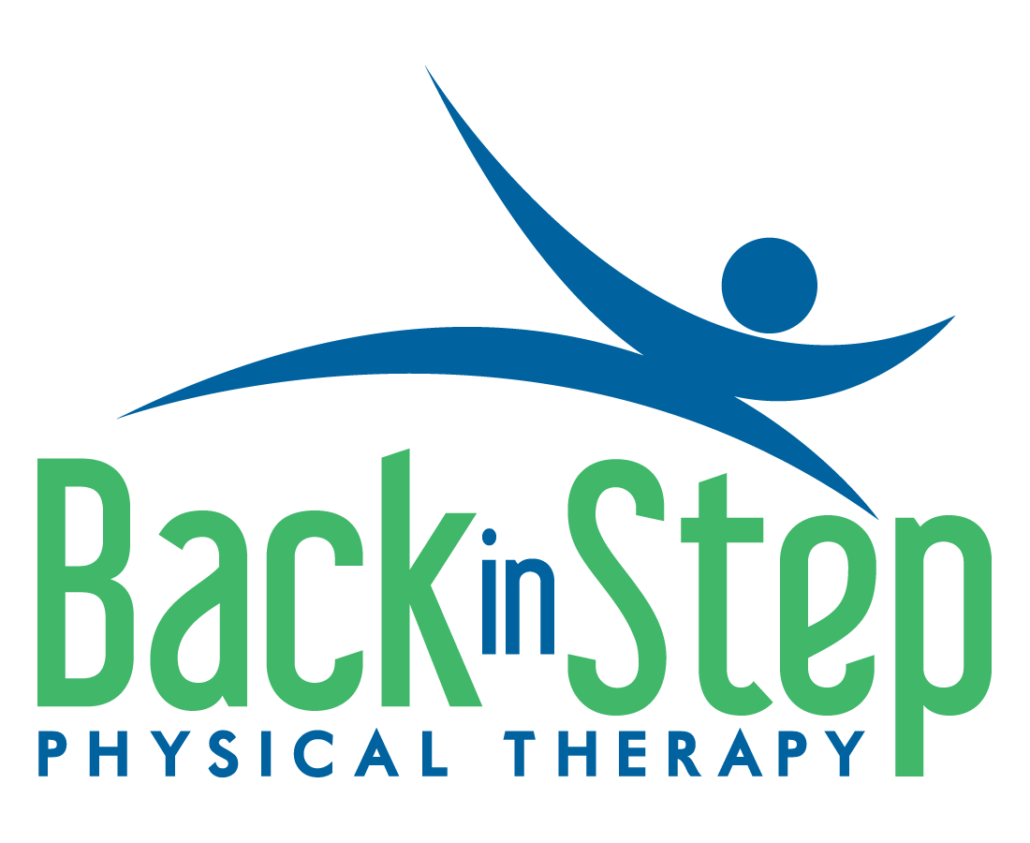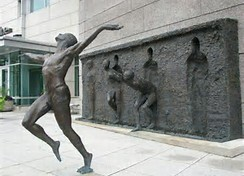The Practice of Mindfulness
rMindfulness, anxiety reduction, stress management, and alternative pain control options are very popular topics these days. Maybe you’ve just seen a post about it on Facebook, or perhaps these are topics that you’ve researched for yourself. We will talk about each of these topics over a few upcoming blog posts, and also talk about how they link to your overall wellbeing, as well as your physical health.
Mindfulness : “means maintaining a moment-by-moment awareness of our thoughts, feelings, bodily sensations, and surrounding environment” (source).
In other words, it’s a way to be in tune with your body and your thoughts, increasing your awareness surrounding them, and getting out of the “automatic mode”. One example that you may have heard of is surrounding mindfulness while eating (source). Imagine that you are wanting to eat a fresh pear. First observe the pear. Observe it’s shape, it’s color, and it’s texture. Appreciate the smell as you slice into the pear, and notice that it looks juicy as you cut into it.

Then take a small bite. Pay attention to the flavors, the texture. Notice that it is sweet and juicy. It is soft on your tongue, yet slightly grainy, and dissolves in your mouth.

See? Even Remy from Ratatouille practices mindfulness while eating!
Practice Anytime
By practicing mindfulness during something like eating, a different level of awareness is used, and helps you to enjoy the experience of eating. Using a similar practice with other things, like the good feeling you get from working out, or keying in to how your body feels when you’re tense and focusing on relaxing it, can be a helpful practice for some. For others, that intense, focused thought may not be helpful. For example, some people feel less stressed by avoiding specific thoughts, whereas others feel better when paying closer attention to them. You can read a little more about this, here, in a recent article.
Truthfully, there isn’t enough good research out there to strongly support or refute the practice. One of the important things, though, is that if you choose to do it, do some research, and, better yet, work with a professional through the process. They can help you figure out the best way to complete the practice yourself, and help make sure that you’re getting the results that you should be achieving.
One example of a mindfulness and relaxation technique is included in our YouTube video, which you can watch here, and starts at 17 minutes & 30 seconds into the video. It’s also indexed in the description below the video on YouTube, making it easier to find the starting point for this technique! This tension-relaxation activity can help make you aware of where you are holding tension in your body, and then takes you through the steps to help that tension ease.
Mindfulness at Work
Mindfulness techniques can also be used to make you aware of your body in certain postures, like sitting at your desk as you’re working, or during activity, like hiking or skiing. Here’s an example: you’re at your desk, working at your computer, while sitting in a typical office chair. You notice that you’re feeling a little bit of a headache at the base of your head, or maybe a little tension in your low back.

First, check in with where you feel pressure, where your body touches the chair. See where you are specifically feeling areas of tension. Now, sit upright, in a comfortable position in your chair. Imagine that your body is made up of a series of boxes – your pelvis, low back (lumbar spine), ribs and torso, neck, head, as well as your shoulder and upper arm.

To make adjustments:
- Rock your pelvis forwards and backwards, finally settling in what feels like the middle. Next, feel yourself stack your low back or lumbar spine on top of the “box” of your pelvis.
- Take a deep breath in and out, feeling your rib cage and torso move with your breath.
- Take another deep breath in, and, as you exhale, feel your rib cage “stack” on top of the other “boxes”.
- Imagine a string from the top of your head, with a gentle pressure upwards. Elongat your neck and allow your head to stack on top of your neck and torso.
- Finally, roll your shoulders forwards and backwards, like you did with your pelvis. Feel your shoulders settle somewhere in the middle, and lining up near the middle of the stack of boxes.
This new position may be feel awkward at first. You should also feel that the areas that previously felt tense or sore no longer are uncomfortable. This process has allowed you to be mindful of your body position, as well as areas of tension.
Interested in learning other mindfulness techniques?
Call us today for an appointment at Back in Step Physical Therapy. These techniques are helpful for pain relief, physical awareness, and stress and anxiety management, among other things. We love working them into our wellness sessions, and even our regular PT sessions!



